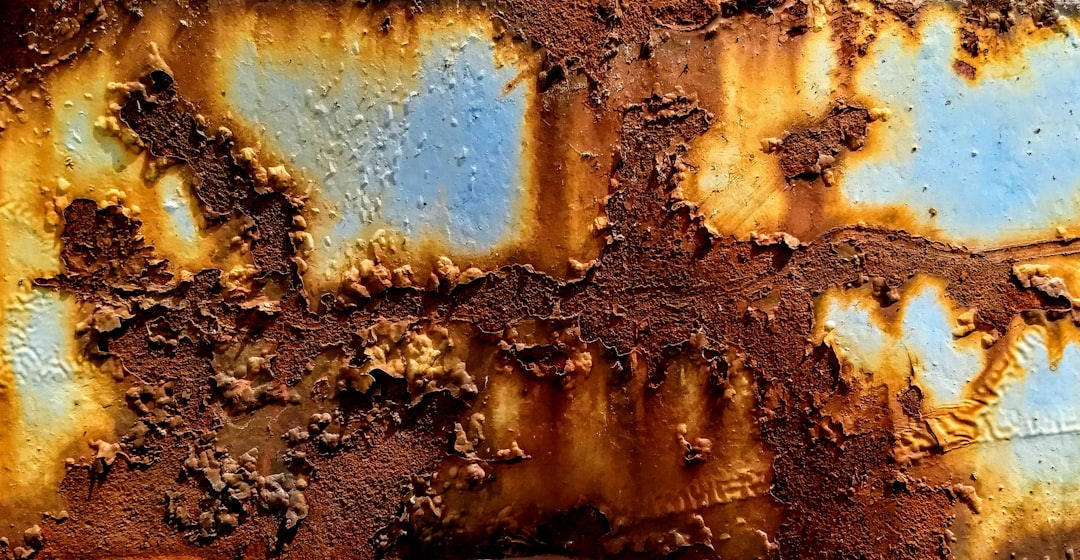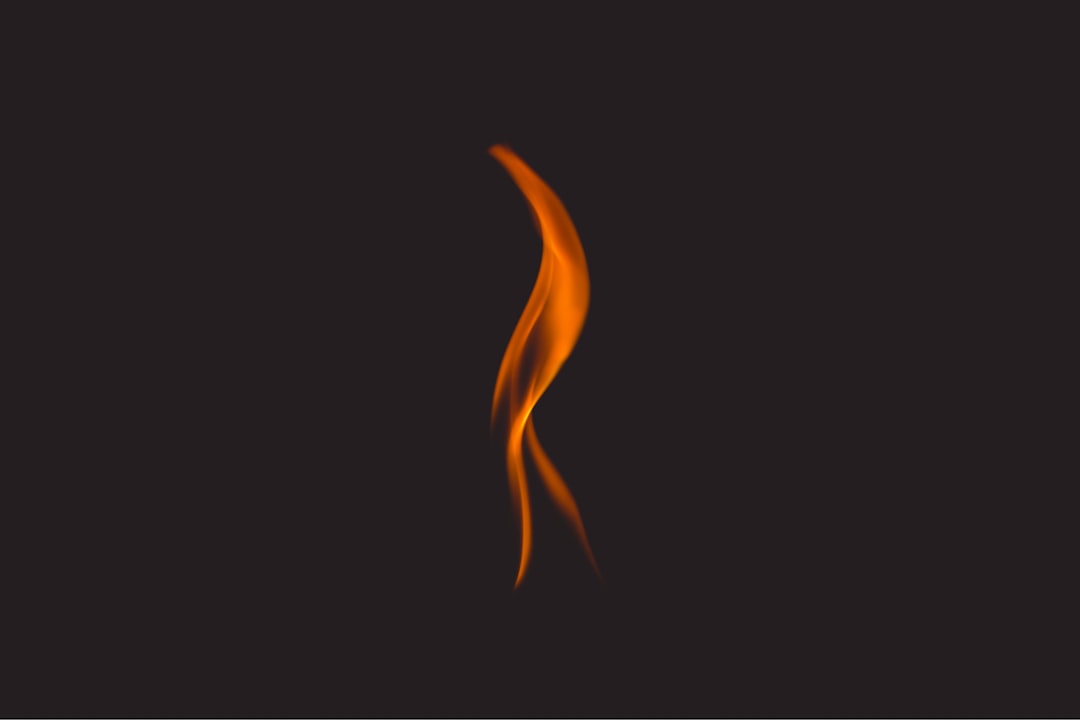What is it about?
1. four molecules make one unit in a crystal ; 2. the molecules are branchy in shape; 3. one molecule appear in neutral and anion form; 4. the neutral and anion form are indistinguishable from each other; 5. a chiral hydrogen-bonding synthon of R~5~^3^(10) was observed.
Featured Image
Why is it important?
1. rare. 1.1. just two cases are found. 1.2. multiple melocules appear in one crystal. another case: A hydrogen-bonded three-component complex: bis(dicyclohexylammonium) 2,4-dichlorophenolate 2,4,6-trichlorophenolate 2,4-dichlorophenol, Cai XQ, Jin ZM, ACTA CRYST C70, 207-209, 2014. 2. repetition: high or low? similar molecules used in these two case.
Perspectives
repetition: high or low? high or low the repetition will be, when the similar molecules are used in synthesizing new crystals?
Professor Zhi-Min Jin
Zhejiang University of Technolgy
Read the Original
This page is a summary of: The hydrogen-bonded complex bis(tert-butylammonium) 2,6-dichlorophenolate 2,4-dichlorophenol–2,4-dichlorophenolate tetrahydrofuran disolvate containing a chiralR53(10) hydrogen-bonded ring as a supramolecular synthon, Acta Crystallographica Section C Structural Chemistry, September 2016, International Union of Crystallography,
DOI: 10.1107/s2053229616013577.
You can read the full text:
Contributors
The following have contributed to this page










